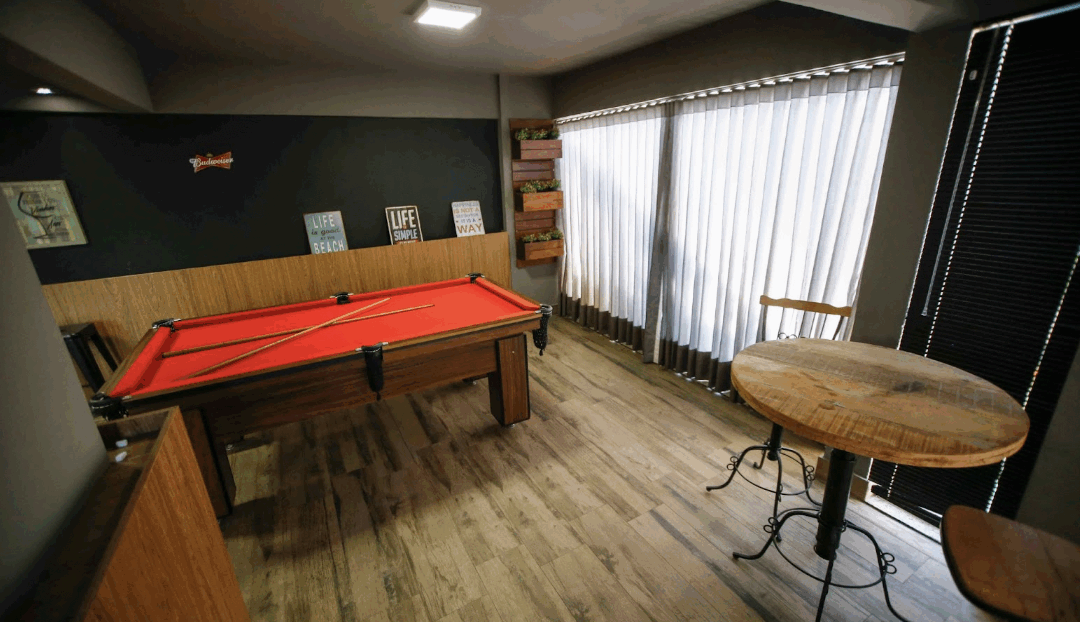Explore how poor drainage and pump issues cause humidity buildup – and what you can do about it!
If your basement feels more like a swamp than a storage space, you’re not alone.
A musty, humid basement is common, especially during the spring and summer months. For many homeowners, the go-to solution is a dehumidifier. And while that can help remove moisture from the air, it often treats the symptom, not the source.
The truth is, if your basement is constantly damp or musty, you may be dealing with underlying drainage or sump pump issues, and a dehumidifier alone won’t solve them.
What Causes Basement Humidity in the First Place?
Basement humidity is usually caused by excess moisture that has nowhere to go. This moisture can come from:
- Poor exterior drainage (like clogged gutters or improper grading)
- Cracks in your foundation or walls
- High groundwater levels during rainy seasons
- A failing or overwhelmed sump pump
- Sump pits without lids, allowing moisture to rise into the air
All of these issues can contribute to continuous dampness, which eventually builds up into high humidity, and that leads to mold, mildew, rust, and that signature “basement smell.”
Why a Dehumidifier Isn’t Enough
Dehumidifiers are great tools, but they’re designed to remove airborne moisture, not prevent water from getting in.
If your sump pump isn’t working properly, or if your drainage system isn’t moving water away from your foundation effectively, then you’re constantly fighting a losing battle. The dehumidifier may run 24/7, but water will keep seeping in, and humidity will keep rising.
Warning Signs It’s More Than Just Humidity
You may need to look beyond the dehumidifier if you notice:
- Your dehumidifier fills quickly or runs constantly
- Puddles or damp spots reappear after rain
- There’s a musty smell that never seems to go away
- Your sump pump runs irregularly, or not at all
- Visible signs of water stains on floors or walls
- You hear the sump pump gurgling, but nothing’s being discharged
How to Address the Root of the Problem
To really take control of a humid basement, you need to identify and fix the source of the moisture. Here’s how:
-
Check Your Sump Pump System
Make sure your sump pump is functioning properly, is powerful enough for your home’s needs, and is draining water efficiently. If your pump is outdated or unreliable, consider upgrading to a system like PumpSpy’s Smart Sump Pump Monitoring System or WiFi Battery Backup Sump Pump System, which ensures your pump is always working (even during power outages) and alerts you instantly if anything fails.
-
Install a High Water Alarm
A High Water Alarm is a great tool if you don’t regularly check your basement. It emits a loud, 100+ decibel alert when water levels rise, giving you time to act before flooding or major humidity damage occurs.
-
Seal the Sump Pit
An uncovered sump pit can actually raise humidity levels by releasing moisture into the air. Installing a proper lid keeps moisture contained and helps reduce musty odors.
-
Evaluate Exterior Drainage
Make sure gutters are clear, downspouts are extended, and water is being directed away from your home. Sometimes, small landscaping adjustments can make a big difference in how water moves around your foundation.
Yes, Use a Dehumidifier, But Don’t Stop There
A high-quality dehumidifier can be a great part of your basement moisture strategy, but it shouldn’t be the only part. Without proper drainage and a reliable sump pump system, you’ll always be stuck in a cycle of dampness, damage, and costly repairs.
Take Control of Your Basement’s Environment
Whether you’re storing family keepsakes, building a home gym, or just trying to keep mold at bay, it all starts with keeping water out, not just pulling it from the air.
PumpSpy makes it easy to monitor and maintain your sump pump system, helping you stop water before it becomes a problem. Add in a dehumidifier once the space is dry, and you’ve got a truly comfortable basement, all year long.

